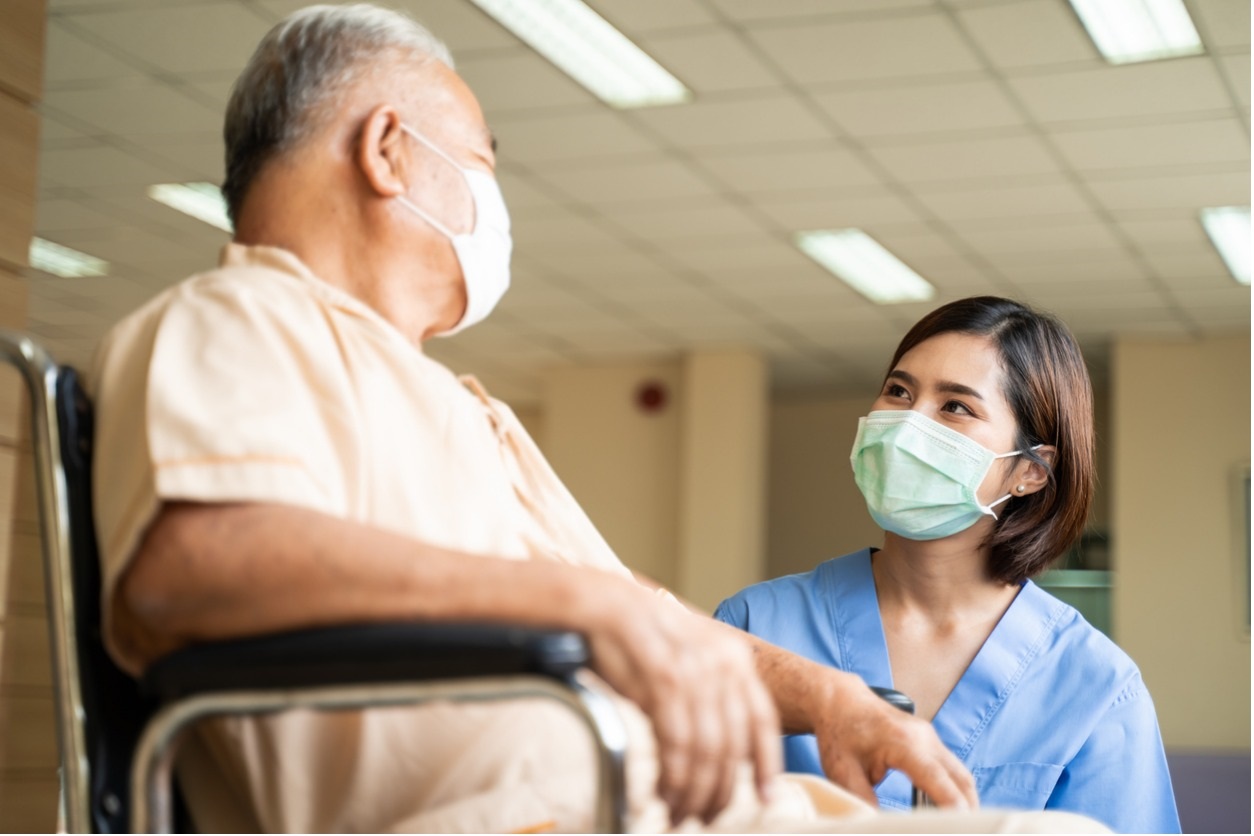Keeping Kids Active during COVID-19

Written By: Noelle Mastrili, MA, Doctoral Student in Clinical Psychology; Kristin Schneider, PhD, Associate Professor, Rosalind Franklin University of Medicine and Science
Childhood obesity is a national public health concern and lack of physical activity is associated with obesity. The CDC recommends children and adolescents ages 6 through 17 years old exercise 60 minutes or more of moderate-to-vigorous physical activity daily.
However, only 24% of children achieve the recommended amount of 60 minutes each day. The COVID-19 pandemic has made it challenging for parents to limit their children’s screen time and encourage physical activity. Especially when access to typical activities is restricted.
So, are you having a hard time getting your kids to meet the recommended 60 minutes/day? That’s okay! Be kind to yourself. These are challenging times, and you are likely already juggling multiple responsibilities such as working from home and managing your children’s virtual schoolwork. Do the best you can—now is not the time to worry about being perfect!
How to get kids to exercise?
- Get the kids involved!
- It is important to have kids engaged in the process. Have them take responsibility over what type of exercise they want to do! Give your kids some options and have them pick the activity.
- Encourage safe outdoor activity.
- When physical distancing is possible, encourage your children to go outside! Walking the dog, playing catch, riding bikes around the neighborhood, and throwing frisbees are some great activities to choose from. Worried that your neighborhood is too crowded? Jumping on a trampoline, playing hopscotch and jump rope can be done in your own yard!
- Change it up!
- Whether it is going on a new hiking trail or simply taking a different biking route, adding variety is a good way to maintain physical activity engagement.
- Take advantage of FREE online workouts.
- If you don’t have access to open outdoor spaces, there are many free online activities geared toward children. From virtual PE classes to yoga and partner workouts for parents and kids to do together, there are many ways to stay active, even when indoors.
- Exercise as a family.
- Make physical activity part of your family’s daily routine by taking family walks, playing active games together, or having family dance parties. Children are more likely to participate if the entire family is engaged.
- Set the example.
- Walk the walk! Kids are more likely to engage in physical activity when they see that you are active. Plus, the exercise will likely benefit you too!
In these uncertain times, parents must make decisions about their child’s best interest. That includes whether to have them participate in organized sports. If you decide to keep them involved, there are several actions you and your family can take to help lower the risk of COVID-19 exposure.
How can you help keep your kids safe while they play sports?
Know the risk. The risk of COVID-19 spread can be different, depending on the type of activity. The American Academy of Pediatrics released the following guidelines to assess the risk of COVID-19 spread in youth sports settings:
Lower risk:
- Individual sports that allow physical distancing between participants (golf, cycling)
- Sports without shared equipment (cross country)
- Sports with limited exposure to other players may be a safer option (sprinting in a track race)
- Sports in outdoor venues
Higher risk:
- Sports with frequent close contact (wrestling)
- Sports with shared equipment among athletes (football, basketball)
- Sports in closed indoor spaces, especially if poorly ventilated
- Full competition between teams from different geographic areas
Prioritize Safety.
- Remind your children to stay at least six feet away from others.
- Teach and reinforce the use of wearing face masks. Wearing face masks is not intended to protect the wearer, but rather to reduce the risk of spreading COVID-19 from the person wearing the mask (who may not necessarily have any symptoms of disease).
- Face coverings may be challenging for players (especially younger players) to wear while playing sports.
- While the WHO (World Health Organization) does not recommend wearing face masks during vigorous exercise, it should be worn when non-vigorous exercise is being performed and physical distancing is not possible.
- Ensure that your children bring their own towels and water bottles. They should use their own equipment (e.g., helmet, bat, gloves, racquets) as much as possible.
- Friends and family should not attend practices to avoid overcrowding. If it is necessary for them to be at practices, ensure that proper physical distancing is maintained and that masks are always worn.
- Ensure that your children avoid shaking hands before or after practice. Encourage them to wave hello or goodbye instead!
- Everyone should wash their hands with soap and water for at least 20 seconds when you get home.
More Articles

How to Get the Most out of Your Telehealth Appointment
Amidst the COVID-19 pandemic, many clinicians have transitioned to telehealth appointments. Get the most out of your virtual visit with these tips and tricks.

Changing Cooking Habits: How to Cook Healthy Food for your Family
The increased demand for cooking during the COVID-19 pandemic has led to many households feeling overwhelmed. Learn how to de-stress the cooking process with these tips and tricks.


